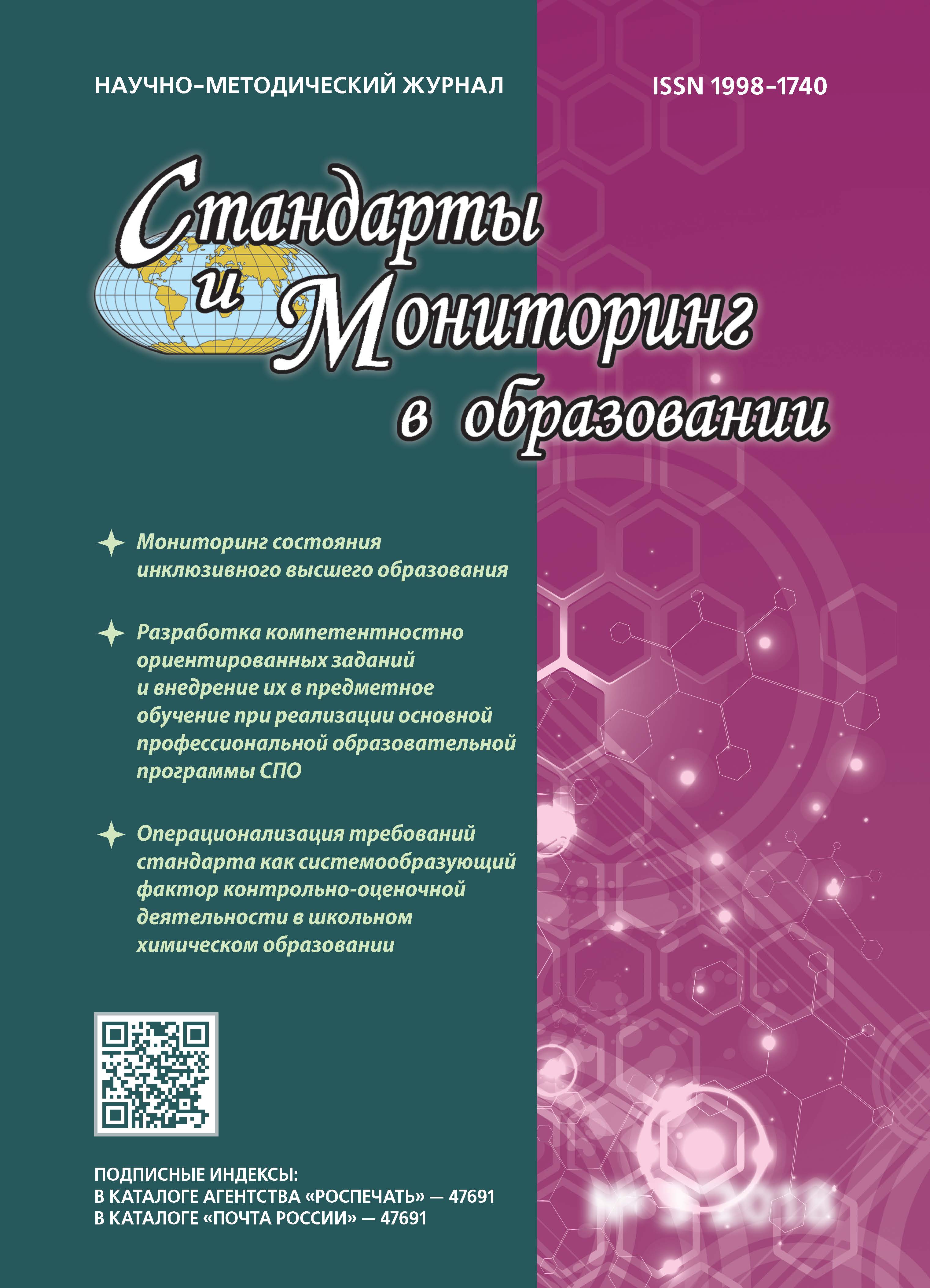Moskva, Moscow, Russian Federation
Moskva, Moscow, Russian Federation
The creation of a digital educational environment at universities, the transition to blended learning have revealed a problem associated with the discrepancy between traditional textbooks, automatically translated into electronic format, the needs of modern students, the peculiarities of their perception. The article proposes forms of educational content that use the possibilities of the digital environment available to students and activate their cognitive activity. Among the distinguishing features of modern students are focus on success, the desire to use knowledge “here and now”, multitasking, but at the same time, superficial attention, unwillingness to study long texts. As new interactive digital resources, the authors consider structural logic diagrams, interactive electronic textbooks, and training tests. The article describes the experience of creating such resources in the process of teaching mathematics to first-year bachelor students of the Financial University.
LMS Moodle, digital learning resources, teaching mathematics at the university, peculiarities of students’ perception
1. The Ministry of Finance of Russia will help schoolchildren and students to get more digital educational content: The Ministry of Digital Development, Communications and Mass Communications of the Russian Federation (digital.gov.ru ) [Electronic resource]. (accessed 15.01.2023).
2. Zharikova O.S. Advantages of presenting mathematical information in a structural and logical form // International Journal of Humanities and Natural Sciences. - 2018. - No. 2. - pp. 57-59.
3. Zhuravlev A.L., Nestik T.A. Socio-psychological consequences of the introduction of new technologies: promising research directions // Psychological Journal. - 2019. - Vol. 40. - No. 5. - pp. 35-47. DOIhttps://doi.org/10.31857/S020595920006074-7.
4. Konnova L.P., Stepanyan I.K. Express tests as an aspect of communication in the digital environment // Standards and monitoring in education. - 2020. - Vol. 8. - No. 6. - pp. 21-27. DOI: https://doi.org/10.12737/1998-1740-2020-21-27 .
5. Krainov A.L. Clip thinking in the context of educational practices: socio-philosophical analysis // Izvestiya Saratov University. New series, Series: Philosophy. Psychology. Pedagogy. - 2019. - Vol. 19. - No. 3. - pp. 262-266. DOIhttps://doi.org/10.18500/1819-7671-2019-19-3-262-266.
6. Oberemko T.V. Cognitive features of modern students - myth or reality // Education and Law. - 2020. - No. 5. - pp. 155-159. DOIhttps://doi.org/10.24411/2076-1503-2020-10527.
7. Rezer T.M. Adaptation of the educational process to the peculiarities of thinking and perception of information by students of higher school // Collection of theses on the results of the Professorial Forum 2019 "Science. Education. Regions". - Moscow: All-Russian public organization "Russian Professorial Assembly", 2019. - pp. 290-292.
8. Tenkhunen P.Yu. Features of perception of educational information by modern students: the potential of visual conceptualization // Integration of education. - 2015. - T. 19. - № 4(81). - Pp. 28-34. DPIhttps://doi.org/10.15507/1991-9468.081.019.201504.028.
9. Decree of the President of the Russian Federation No. 474 of 21.07.2020 • President of Russia (kremlin.ru ) [Electronic resource]. (accessed 15.01.2023).
10. Decree of the Government of the Russian Federation dated 21.12.2021 No. 3759-r
11. Dubinina G., Konnova L., Stepanyan I. Technologies of teaching mathematics in a multilingual digital environment. Educational sciences. 2022; 12(9):590. DOIhttps://doi.org/10.3390/educsci12090590.






